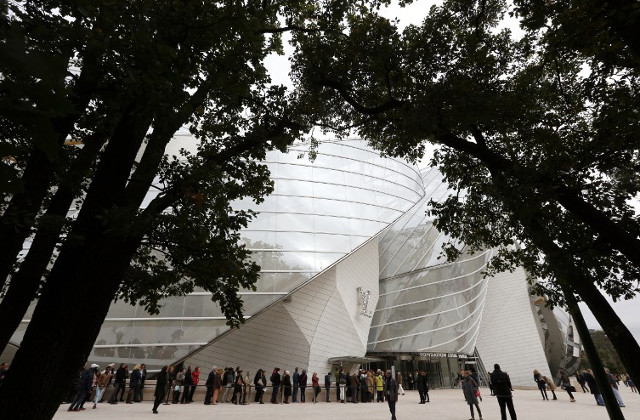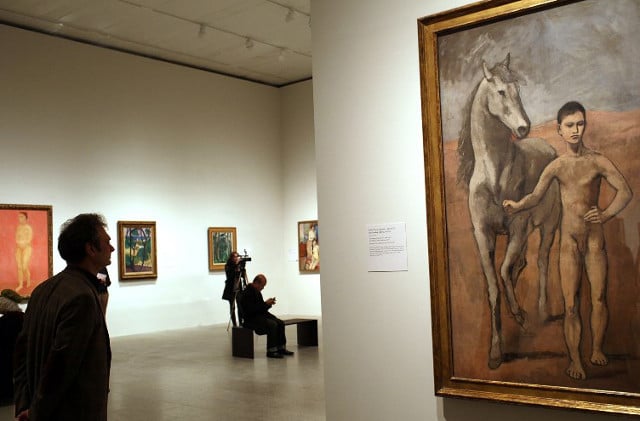
ART
Iconic artworks to come to Paris for blockbuster show
Salvador Dali's "The Persistence of Memory" and Warhol's "Campbell's Soup Cans" will be among iconic works from New York's Museum of Modern Art in a blockbuster show opening in Paris next month.
Published: 11 September 2017 14:02 CEST

Boy Leading a Horse on display in New York's Metropolitan Museum of Art. AFP.
With some 200 works, the show traces the nearly 90-year history of MoMA's collection, from early modern art to abstract expressionism, minimalism, pop art and digital works.
“Being Modern: MoMA in Paris” will open October 11 in the private gallery that was inaugurated to great fanfare in the Bois de Boulogne west of Paris in 2014.
MoMA director Glenn Lowry welcomed the challenged of installing the exhibit in the Louis Vuitton Foundation's Frank Gehry-designed gallery.
READ ALSO:
Louis Vuitton Foundation. AFP.
“To think about works you know very well in a completely different context, a different audience in a new space, that stimulated us,” Lowry told AFP.
“You had to play with the building,” said Quentin Bajac, the show's curator who is head of photography at MoMA.
Among the prized works will be Cezanne's “The Bather” and Pablo Picasso's “Boy Leading a Horse”.
Lesser known pieces are by Cyndy Sherman, Yayoi Kusama, Sherrie Levine and Rirkrit Tiravanija.
The show will run through March 5, 2018.
MoMA is not the only major New York museum to lend collections to Paris this year.
The Whitney will present around 60 major pop art works for the first time in the French capital at the Maillol Museum from September 22 to January 21.
And the Metropolitan plans a retrospective honouring the portrait photographer Irving Penn at the Grand Palais from September 21 to January 29.
Url copied to clipboard!


 Please whitelist us to continue reading.
Please whitelist us to continue reading.